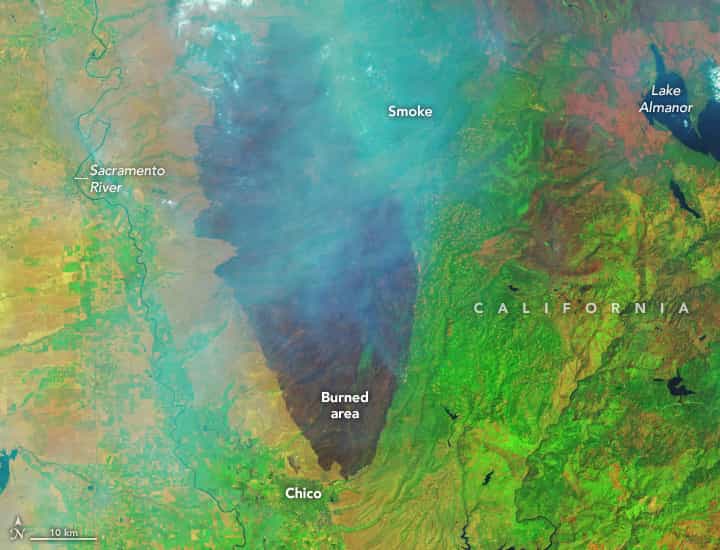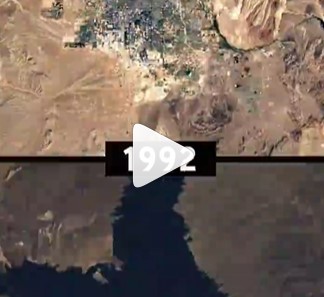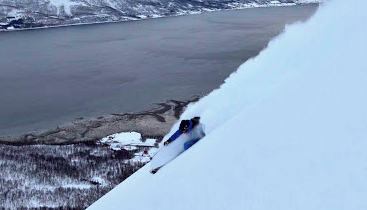
The backcountry segment of the ski gear industry continues to explode as more people are choosing to skip the lift lines and expensive pass to earn their turns. Not everyone is headed deep into the wilderness though. As resort skinning is ever growing in popularity it’s creating new safety challenges and debates over access.
At first thought it seems kind of stupid – why suffer uphill for a single groomed run when you can just take the lift? For many with AT gear though, it’s the perfect opportunity to get in a workout and some skiing without dedicating the whole day. If you haven’t noticed, your average “weekend warrior” ski town resident is bordering on elite athlete fitness. When you’re stuck at the office from 8 to 5 and the lifts only spin 9 to 4, that creates a bit of a problem for skiing mid week. Many are using those quick weekday resort laps to stay sharp for longer weekend days. For such time crunched people, resorts also often offer the easiest access to the snow. Unless there’s a mountain pass nearby, you probably don’t have a ton of options to climb right from the car and have good skiing terrain all the way down. Solution: skin the resort.

Skinning inbounds also eliminates some of the safety concerns of venturing into the backcountry. Even the “safe” local backcountry spot can turn deadly due to weather, a stupid crash, or equipment malfunction. Unfortunately we had that happen here in Bozeman a few years ago, and undoubtedly it’s not the only case. Whether you’re new to skinning, don’t have a partner (which you really should) or just don’t want to think about avalanches at 5 in the morning, skinning inbounds is a more controlled environment.
As many skiers are turning to the resort as a safe option for a quick ski, safety is the biggest challenge resorts are dealing with. Having skiers moving uphill and downhill at the same time is an obvious issue. On off hours, grooming, snowmaking, and avalanche control all become more complicated with skiers on the mountain. Close calls with operations equipment have already happened at Whitefish Resort and elsewhere I am sure. You can make all the rules you want, but as always, without strict enforcement, not everyone will follow them. With America’s love of litigation, preventing accidents while keeping all users happy is a tricky balance.

The U.S. Ski Mountaineering Association has compiled a list of ski area uphill travel policies on their website. Some resorts are allowing uphill travel on all trails any time of the day, while others restrict travel to designated routes, before/after operating hours, or prohibit it all together. Things vary widely from place to place. Resorts like Steamboat have a progressive uphill policy with recommended routes, reflective arm bands, and detailed rules to follow. Other big players like Jackson Hole, Alta, and Snowbird still have not gotten on board. No one seems to be providing explanations for prohibiting access other than general safety concerns.
These three resorts in particular operate on U.S. Forest Service land which does influence their operating procedures, but does not appear to be dictating the outright ban. I have to believe the steep, complex terrain is the biggest factor. At Bridger Bowl (which also does not allow uphill travel), you can’t go too far uphill without getting into avalanche terrain and runout zones. The skin traffic on a powder morning would make control work a nightmare. Without strict rules and the impossible task of round the clock enforcement, the potential for disaster just seems too high.

Another point of conflict over uphill access is whether or not it should be free. Snow King in Jackson, Wyoming recently started charging $75 for an uphill season pass. Crested Butte, Sugar Bowl, and Eldora Resorts are also charging skinners. Locals are crying absurdity and even petitioning at Snow King over being charged to use public land. I don’t think it’s that out of line – Snow King patrol has had to perform a few rescues on skinners and uphill travel does add a bit of complexity to daily resort operations. Most of these passes are cheaper than a single day ticket, so it’s a small price to pay.
If the trend continues, I can see more and more resorts requiring a pass. Not only is it a good revenue bump, but it gets users into the office to sign a waiver and get educated on how to stay safe. If resorts rely on people to learn the rules on their own, chaos would likely ensue. Personally, I’d have no problem paying a few bucks for that.
Where’s the best uphill policy right now? That prize goes to Magic Mountain, Vermont. As a reward, skiers that climb to the summit receive a token for a free lift ride the same day. Pretty cool!




